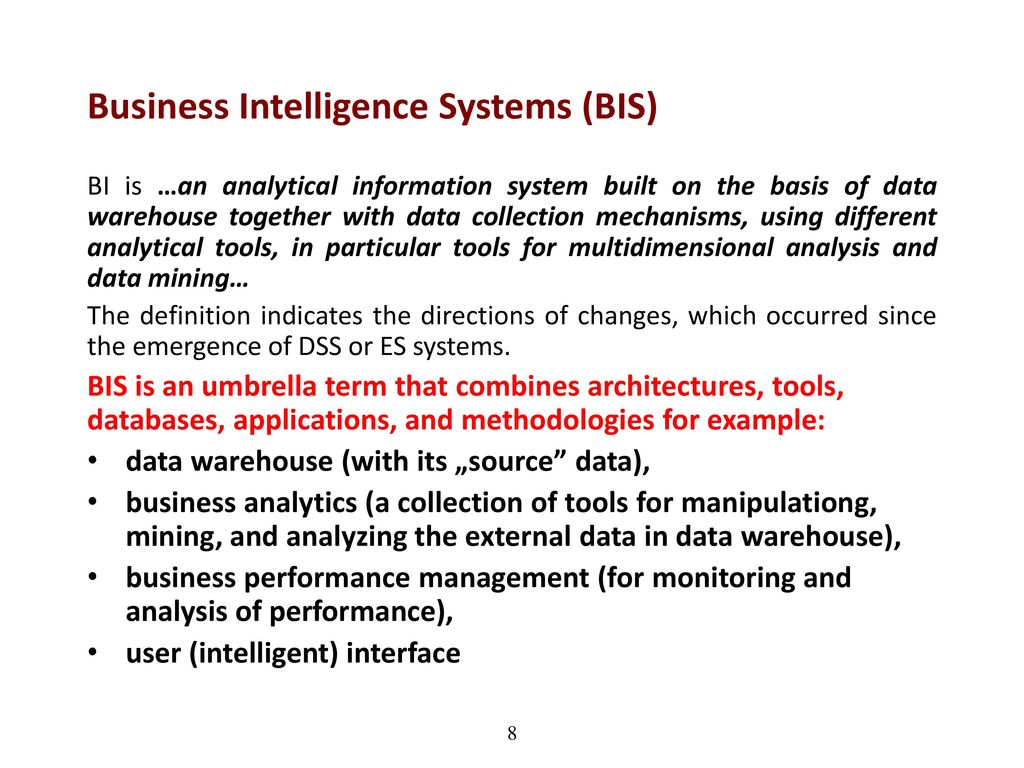Car Accident Cases in Court
Car accident cases often end up in court when the parties involved cannot reach a settlement agreement through negotiation or mediation. These cases can be complex and time-consuming, and the outcome can have a significant impact on the lives of those involved. If you are involved in a car accident case, it is important to understand the legal process and your rights.
The first step in a car accident case is to file a complaint with the court. The complaint will outline the facts of the case, the injuries you sustained, and the damages you are seeking. The defendant will then have the opportunity to file an answer to the complaint, which will outline their version of events and any defenses they may have.
After the pleadings have been filed, the discovery process will begin. This is a process where both parties exchange information and documents relevant to the case. The discovery process can be lengthy and expensive, but it is an important step in preparing for trial.
If the case cannot be settled before trial, it will be scheduled for a hearing or trial. The trial will be presided over by a judge or jury, who will hear evidence from both parties and decide who is liable for the accident and the amount of damages to be awarded.
Car accident cases can be stressful and overwhelming, but it is important to remember that you are not alone. There are many resources available to help you through the process, including lawyers, insurance companies, and support groups.
What to Expect in a Car Accident Case
If you are involved in a car accident, you may be wondering what to expect in a court case. The following is a brief overview of the process:
1. **Filing a Complaint**: The first step in a car accident case is to file a complaint with the court. The complaint will outline the facts of the case, the injuries you sustained, and the damages you are seeking.
2. **Defendant’s Answer**: The defendant will then have the opportunity to file an answer to the complaint, which will outline their version of events and any defenses they may have.
3. **Discovery**: After the pleadings have been filed, the discovery process will begin. This is a process where both parties exchange information and documents relevant to the case. The discovery process can be lengthy and expensive, but it is an important step in preparing for trial.
4. **Trial**: If the case cannot be settled before trial, it will be scheduled for a hearing or trial. The trial will be presided over by a judge or jury, who will hear evidence from both parties and decide who is liable for the accident and the amount of damages to be awarded.
Car Accident Cases in Court
Car accidents are a leading cause of injuries and deaths in the United States. If you’ve been involved in a car accident, you may be wondering what your legal options are. One option is to file a lawsuit against the driver who caused the accident.
In order to win a car accident lawsuit, you must prove that the other driver was negligent. Negligence is the failure to exercise reasonable care. In other words, you must show that the other driver did something that a reasonable person would not have done, or failed to do something that a reasonable person would have done.
Here are some examples of negligent driving:
* Speeding
* Running a red light
* Driving under the influence of alcohol or drugs
* Distracted driving
If you can prove that the other driver was negligent, you may be entitled to compensation for your injuries. Compensation can include:
* Medical expenses
* Lost wages
* Pain and suffering
The amount of compensation you receive will depend on the severity of your injuries and the extent of the other driver’s negligence.
Establishing Liability
The first step in a car accident case is to establish liability, which refers to who is responsible for the accident. This can be a complex and challenging task, as there are often multiple factors that contribute to a car accident. Negligence is the most common basis for liability in car accident cases. Negligence is the failure to exercise reasonable care, and it can be established by showing that the defendant owed a duty of care to the plaintiff, that the defendant breached that duty, and that the breach of duty was the actual and proximate cause of the plaintiff’s injuries.
In order to establish negligence, the plaintiff must prove that the defendant owed them a duty of care. A duty of care is a legal obligation to act toward others in a certain way. In the context of car accidents, drivers owe a duty of care to other drivers, pedestrians, and bicyclists to operate their vehicles in a reasonably safe manner.
Once the plaintiff has established that the defendant owed them a duty of care, they must then prove that the defendant breached that duty. A breach of duty occurs when the defendant fails to act in accordance with the duty of care. In the context of car accidents, a breach of duty can occur in a variety of ways, such as by speeding, running a red light, or driving under the influence of alcohol or drugs.
Finally, the plaintiff must prove that the breach of duty was the actual and proximate cause of their injuries. Actual cause means that the defendant’s breach of duty was a necessary antecedent of the plaintiff’s injuries. Proximate cause means that the defendant’s breach of duty was a substantial factor in causing the plaintiff’s injuries.
Establishing liability in a car accident case can be a complex and challenging task, but it is essential to the plaintiff’s success. By proving that the defendant owed them a duty of care, breached that duty, and that the breach of duty was the actual and proximate cause of their injuries, the plaintiff can establish liability and hold the defendant responsible for their damages.
Car Accident Cases in Court: A Comprehensive Guide
When involved in a car accident, navigating legal proceedings can be overwhelming. Understanding the process is crucial, especially with the complexities of car accident cases in court. Moreover, it’s worth noting that each case is unique, and the specific details may vary depending on the jurisdiction and the circumstances involved.
Liability
Establishing liability is paramount in car accident cases. To prove negligence, the injured party must demonstrate that:
- The at-fault driver owed a duty of care to the victim;
- The at-fault driver breached that duty of care through reckless or careless actions;
- The breach of duty directly caused the victim’s injuries;
- The victim incurred damages as a result of the injuries.
Damages
After establishing liability, the court will assess the damages suffered by the victim. Damages fall into several categories:
Compensatory Damages
Compensatory damages aim to reimburse the victim for actual losses incurred due to the accident. This includes medical expenses, lost wages, property damage, and pain and suffering. Pain and suffering encompasses both physical and emotional distress caused by the accident.
Punitive Damages
In some cases, the court may award punitive damages. These are intended to punish the at-fault driver for egregious or willful misconduct and deter similar behavior in the future. Punitive damages are not intended to compensate the victim but rather send a message to the broader community.
Economic Damages
Economic damages compensate the victim for financial losses resulting from the accident. These include medical expenses (past and future), lost wages (past and future), property damage, and other out-of-pocket expenses directly related to the accident.
Non-Economic Damages
Non-economic damages compensate the victim for losses that are not easily quantifiable in monetary terms. These include pain and suffering, emotional distress, disfigurement, and loss of enjoyment of life.
Intangible Damages
Intangible damages are harder to quantify than economic damages and encompass a wider range of injuries, including loss of reputation, humiliation, and loss of consortium (loss of companionship or support from a loved one due to the accident).
Car Accident Cases in Court: A Guide to the Legal Process
Car accidents are an unfortunate part of life, and when they happen, it’s important to know your rights. If you’ve been injured in a car accident, you may be wondering what your options are for getting compensated for your injuries and damages. One option is to file a lawsuit in court.
The Legal Process
The legal process for car accident cases can be complex and time-consuming. It typically involves the following steps:
- Filing a complaint: The first step is to file a complaint with the court. The complaint should state the facts of the case and the legal basis for your claim.
- Serving the defendant: Once you’ve filed a complaint, you need to serve the defendant with a copy of the complaint and summons. This is typically done by having a sheriff or process server deliver the documents to the defendant in person.
- Discovery: After the defendant has been served, the parties will engage in discovery. This is a process where both sides exchange information and documents related to the case. Discovery can include interrogatories, depositions, and requests for production of documents.
- Trial: If the parties cannot reach a settlement agreement, the case will go to trial. A trial is a formal hearing where both sides present their evidence and arguments to a judge or jury. The judge or jury will then decide who is liable for the accident and what damages should be awarded.
Settlement
If the parties can agree on liability and damages, they may be able to reach a settlement agreement outside of court. A settlement agreement is a binding contract that resolves the case without going to trial. Settlement agreements are often advantageous because they can save time and money, and they can provide certainty for both parties.
Preparing for Court
If you’re planning to file a lawsuit for a car accident, it’s important to prepare yourself for the legal process. Here are a few tips:
- Gather evidence: Collect as much evidence as you can to support your claim. This may include medical records, police reports, and witness statements.
- Get legal representation: It’s a good idea to hire an attorney to represent you in court. An attorney can help you navigate the legal process and protect your rights.
- Be prepared to testify: If your case goes to trial, you will be required to testify. Be prepared to tell your story clearly and concisely.
Additional Tips
- Don’t give up: Car accident cases can be complex and time-consuming, but it’s important to stay persistent. Don’t give up on your case until you’ve exhausted all of your options.
- Get help from others: There are many resources available to help you with your car accident case. You can find support groups, legal aid organizations, and other resources online or in your community.
- Stay informed: Keep up-to-date on the latest news and developments in car accident law. This will help you make informed decisions about your case.
Car Accident Cases in Court: A Comprehensive Guide
Car accidents can be traumatic and life-altering events, leaving victims with physical injuries, emotional distress, and financial burdens. In many cases, these incidents result in legal disputes that end up in court. If you’re involved in a car accident case, it’s crucial to understand the legal landscape and the various stages of the court process.
Settlement Negotiations
The first step after a car accident is typically settlement negotiations. Insurance companies will usually attempt to resolve the case without going to court. During negotiations, both parties will exchange offers and counteroffers, with the goal of reaching a mutually acceptable agreement. If a settlement is reached, the case will be dismissed.
Trial
If the parties cannot reach a settlement agreement, the case will go to trial, where a judge or jury will decide who is liable and what damages should be awarded. The trial process can be lengthy and complex, involving the presentation of evidence, witness testimony, and legal arguments. The outcome of the trial will hinge on the ability of the plaintiff (the person who filed the lawsuit) to prove that the defendant (the person being sued) was negligent and responsible for their injuries.
Evidence
In court, both parties will present evidence to support their claims. Evidence can take many forms, including police reports, witness statements, medical records, and expert testimony. The plaintiff must demonstrate that the defendant breached a duty of care, causing their injuries. The defendant, on the other hand, may present evidence to show that they were not negligent or that the plaintiff’s own actions contributed to the accident.
Damages
If the plaintiff is successful in proving liability, the next step is to determine the amount of damages to be awarded. Damages can be compensatory, meant to reimburse the plaintiff for their losses, or punitive, intended to punish the defendant for their wrongdoing. Compensatory damages may include medical expenses, lost wages, pain and suffering, and emotional distress. Punitive damages are rarely awarded, but they may be appropriate in cases of gross negligence or intentional misconduct.
Appeals
After the trial, either party may appeal the verdict if they believe an error was made. The appellate court will review the trial record and determine whether there was a legal basis for the verdict. If an error is found, the appellate court may reverse or modify the verdict. Appeals can be a lengthy process, and the outcome can be uncertain.




Leave a Reply